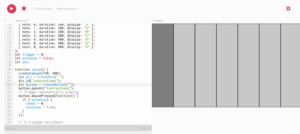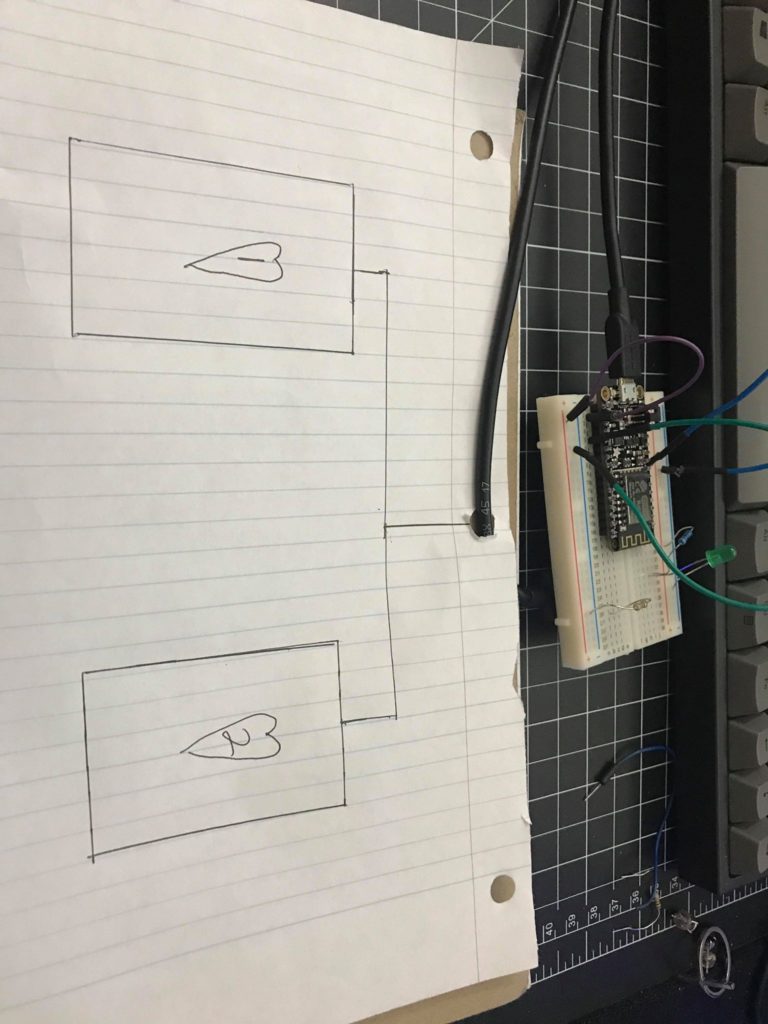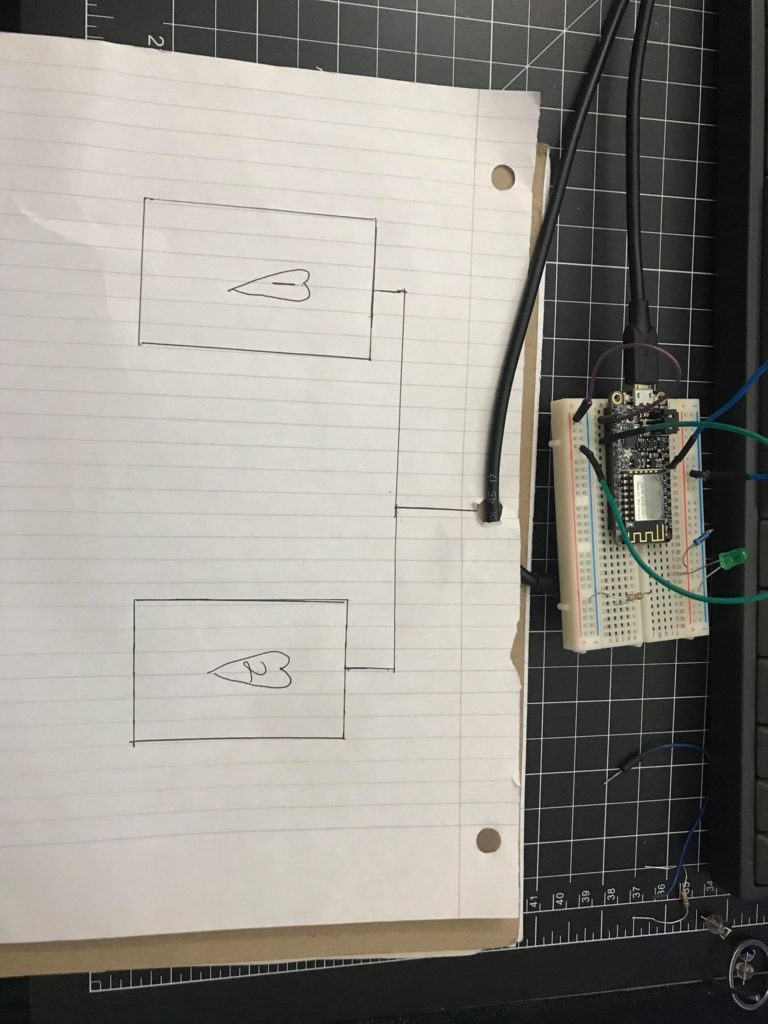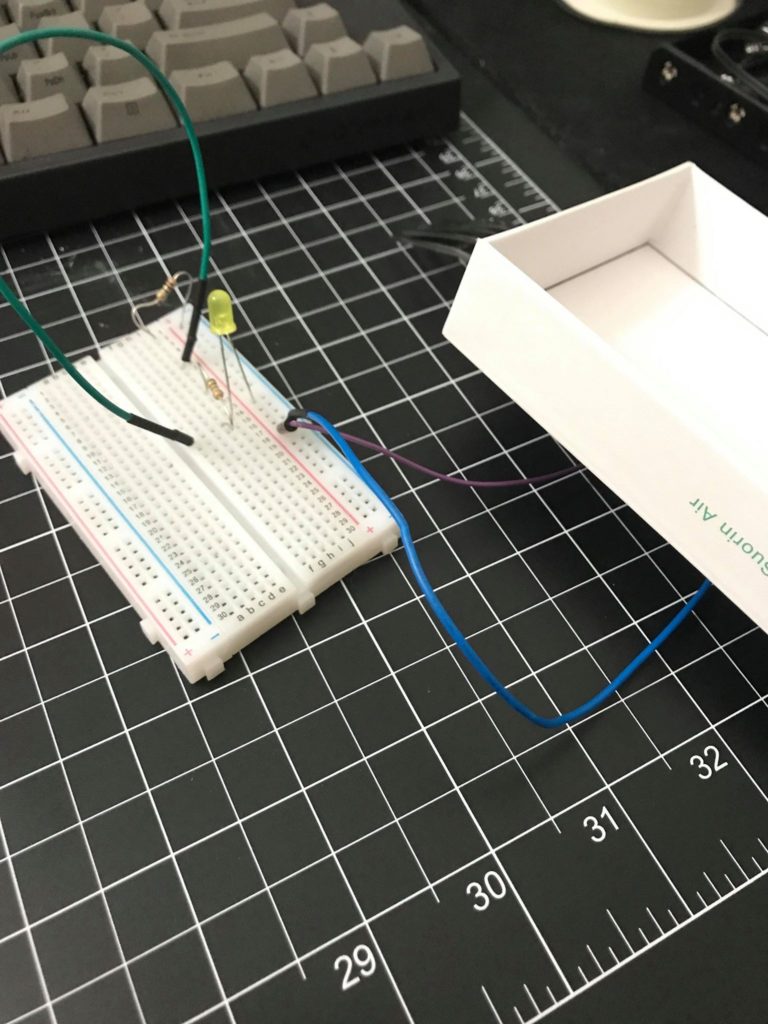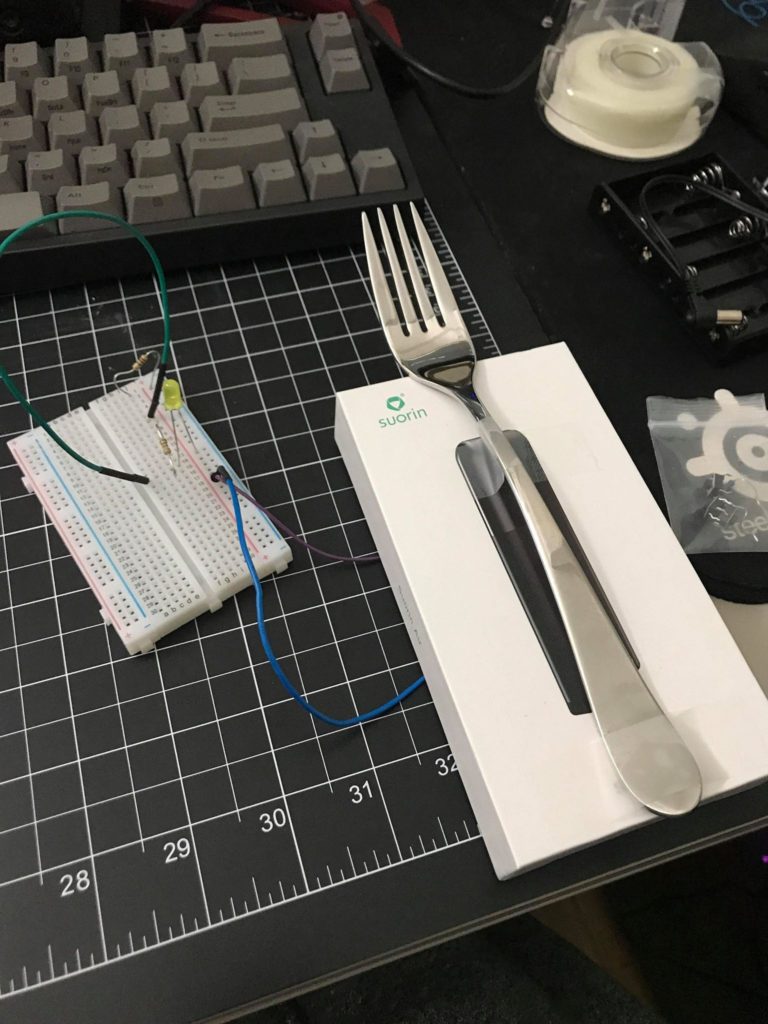Throughout this project, there are a lot of things I learned. I learned a lot of new things about various hardware and even new things about programming. And as corny as it sounds I learned a few things about myself that I could improve on.
This project took many different turns and detours throughout these few weeks. After many trial and errors I finally the entire project to work. Working with the hardware was definitely easier than working with the programming side. I ran into a lot of problems with the programming aspect of this project. This is where I should have asked the professor for some help and advice for. This is the aspect where I had to learn more about myself is the fact that I have to learn to ask for help. If I had asked for the professor’s help earlier I would have gotten this entire project down earlier.
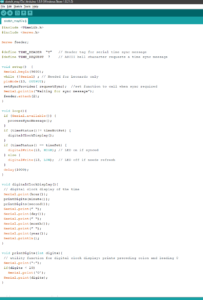
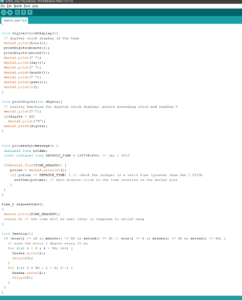
With this, I was able to get the automatic feeder to work! Unfortunately, through this method I am only able to get the feeder to work if I use the time library. I am able to use the code to start the internal clock at a certain time. This code uses the internal timer to set the servo motor to move at a certain time. I set it so it would be move at 9 A.M and 6 P.M. A normal time for a dog to eat.




For my set up, I had a cap on the top so I could put in feed through the top. For the bottom part I had two cardboard pieces cut out. Both of the pieces both had a 45 cut out of them. The bottom piece would always be stagnant so I had it hot glued to the container. Then the top piece would be the piece that was moving. I had the top piece connected to the servo motor so the feed would be able to go through the holes that were cut out when the two cardboard pieces would be aligned. I had the Servo in a sweeping motion because it is the most efficient way possible.
Finally, the final step for my project was to use the api into getting the webpage to work. Getting the api to work was not that hard due to the fact that the code was already on the class website. I just had to figure out how to use the code efficiently to make sure the servo would turn at the specific times.
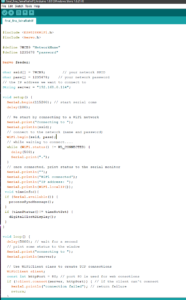


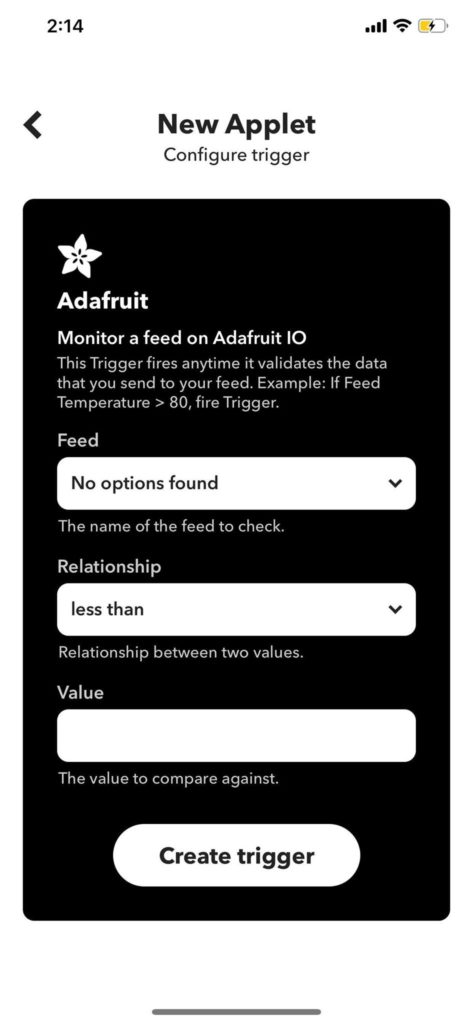
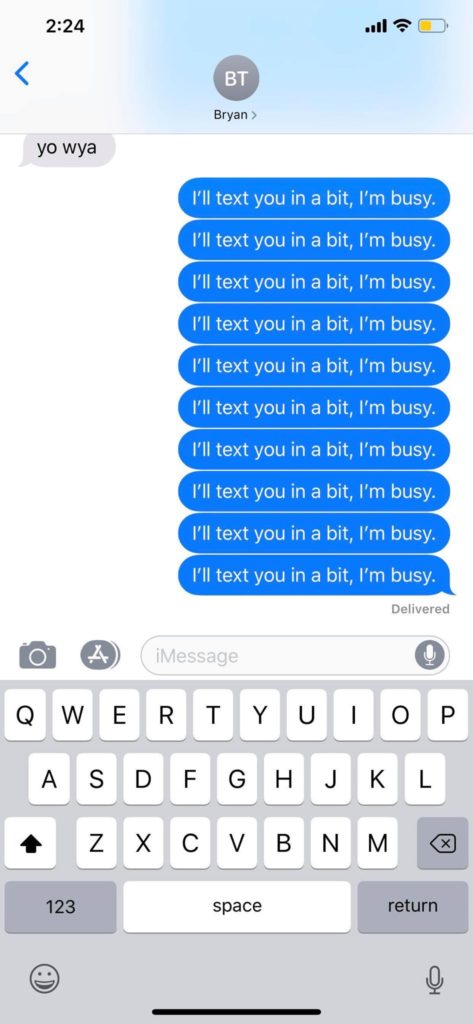

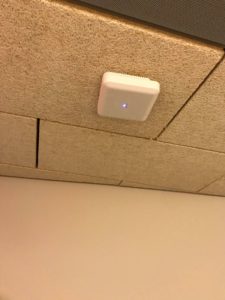
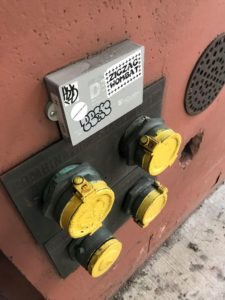
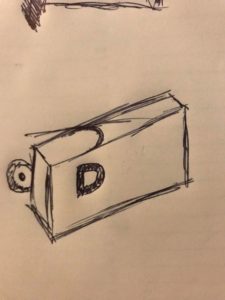
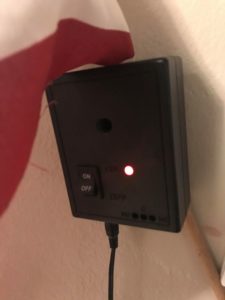
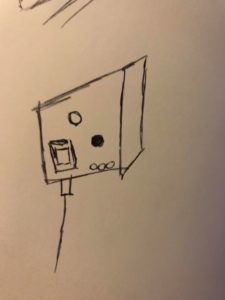 .
.